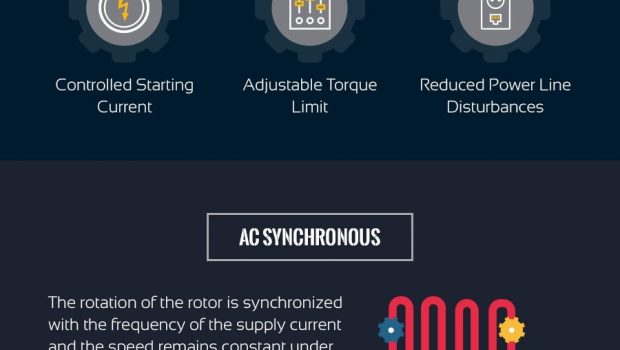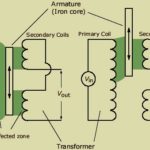Motion Control System Design: Understanding the Basics [Infographic]
Motion control has been a part of our lives for centuries, one might say, since the invention of the wheel. Before the industrial revolution, most motion control systems relied on manual labor and took the form of crude pulley drives. However, the introduction of steam-powered engines became a cornerstone in the history of motion control systems. A steam engine powered an industrial building as well as automobiles and railways. It marked the beginning of automated machines and large-scale industrial motion control systems.
Today, all types of machines ranging from airplanes to a kitchen blender have motion control systems. Though the machines have become far sophisticated compared to their counterparts in the early stages of the industrial revolution, the design and applications have also become increasingly complex. The rise of computers, software, and artificial intelligence have fueled the growth of modern industrial controls and are likely to do so in future.
To design a modern motion control system, you need to know which motor you need, how are you going to use it, and which components (both software and hardware) will maximize its performance. However, to answer all these questions, you must have a thorough understanding of motion control fundamentals.
Fortunately, the fundamental components of a motion control system have remained virtually the same. A typical system will consist of three elements including the moving part such as a mechanical arm, electronic circuits such as amplifiers that convert electrical signals into mechanical motion, and a central motion control device that acts as the brain of the system.
Most motion control applications are unique and require special modifications. You may have to develop a system with single or multiple device configurations depending on the client’s requirement. The machine may also need to perform different tasks in the future. Thus, the software, as well as the hardware components you choose, will determine the success or failure of your system. Identifying and utilizing suitable components is the crux of your designing and development process.
In the following infographic, you will learn everything you need to know about the fundamentals of motion control.
Infographic courtesy of: Power Jack Motion
















